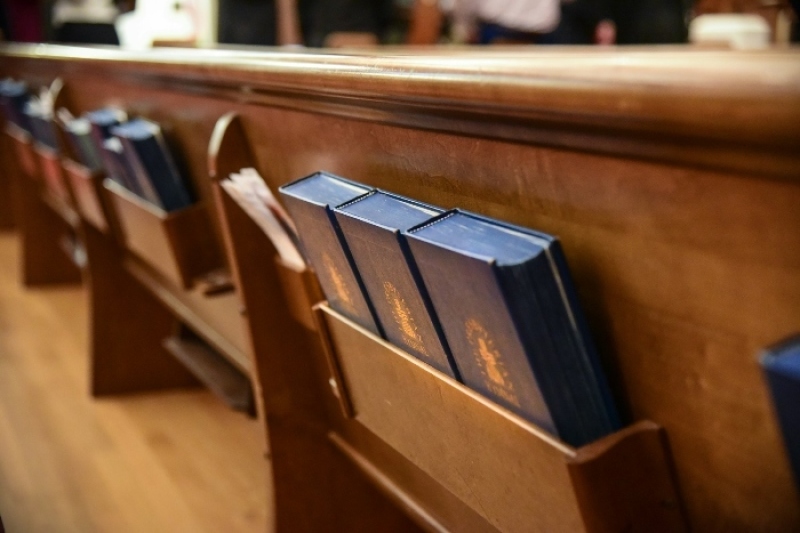
An Arizona man was found guilty by a federal jury for targeting four churches in a hoax bomb threat. Zimnako Salah, a 45-year-old resident of Phoenix, was convicted on Thursday for securing a backpack around a toilet at a California church as part of his scheme.
Salah approaced to four churches in three states—California, Arizona, and Colorado—while carrying a black backpack. At two of the churches, he left the backpacks containing the hoax bomb threats; however, he was stopped by church security at the other two locations.
According to a press release from the U.S. Department of Justice, Salah was also in the process of constructing an actual bomb that could fit inside a backpack. His sentencing is set for July 18 before U.S. District Judge Dena Coggins, and he faces a maximum penalty of six years in prison along with a potential fine of $250,000.
Michele Beckwith, acting U.S. Attorney for the Eastern District of California, commented in the press release that Salah's actions were not merely “a prank.” She stated, “His actions were designed to threaten and intimidate the congregation because he disagreed with their religious beliefs. People of all religions should be able to worship freely and exercise their First Amendment rights in this country without fear of violence.”
Salah, who previously worked as a mechanic and claimed to have served as a U.S. Army interpreter, reportedly has a history of mental illness. Last year, he was indicted for this incident, as well as for leaving a backpack at another church in Arizona and attempting similar threats at a church in Colorado and another near San Diego, California.
Court documents indicated that Salah held anti-American views, including an altercation with a neighbor wearing a hat adorned with a U.S. flag, as reported by The Sacramento Bee. Additionally, court papers quoted by the Bee noted that he had a storage unit featuring “an antisemitic statement” painted on the wall “in Kurdish along with a reference to the [Islamic prophet] Muhammad.”

















